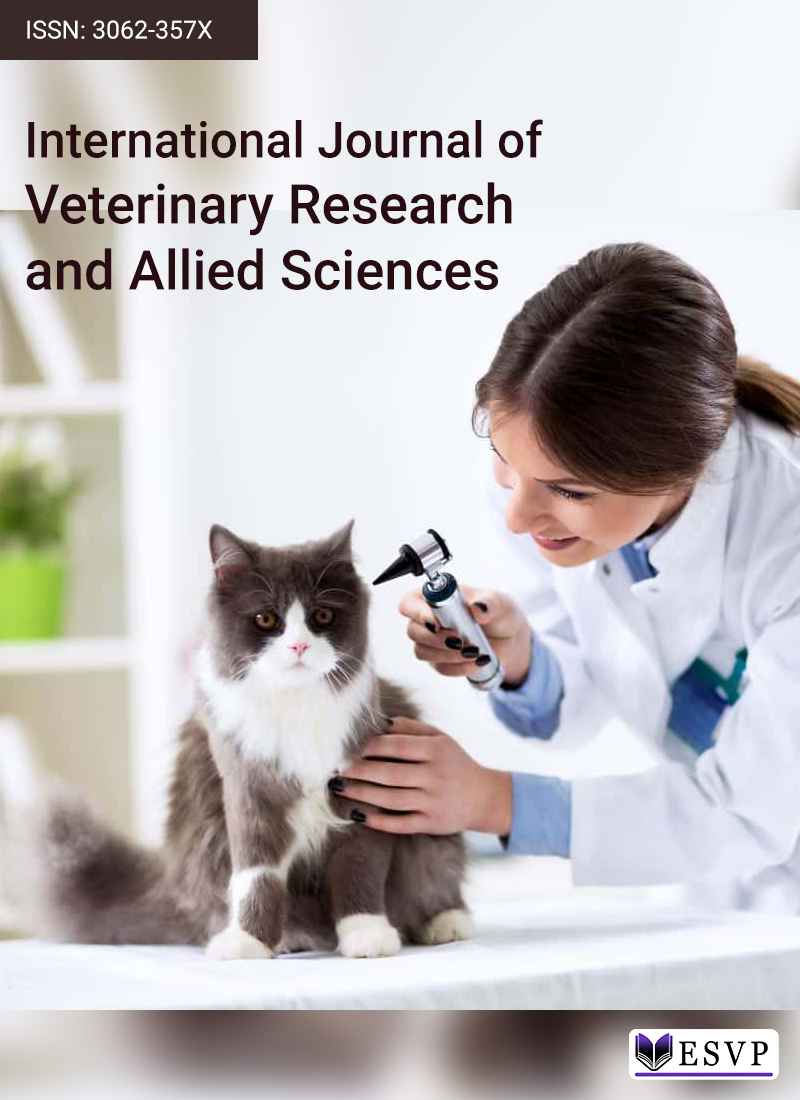
This study aimed to investigate the effect of drugs used to treat catarrhal postpartum endometritis in cows on the therapy duration, frequency of insemination, the time from calving to insemination, and certain hematological and biochemical blood parameters. Cows that calved and were diagnosed with postpartum pathologies between days 14-18 were divided into two groups: an experimental group and a control group. The experimental group received four subcutaneous injections of E-Selen at a dose of 1 ml per 50 kg of body weight once a week, along with a plant-based drug at a dose of 1 ml per 100 kg mixed with 0.5% novocaine. Additionally, 150 ml of a drug containing amylodextrin and iodine was administered intrauterine daily for 6-7 consecutive days. When using bio-stimulators containing biologically active substances (BAS) from plant materials in combination with E-Selenium and iodine-based amylodextrin for the treatment of catarrhal postpartum endometritis, the therapy duration was reduced by 38%, lasting only 6.4 days compared to the use of Metristar and Estrophan. The time from calving to the first insemination was shortened by 13% and reached 59 days. The time from calving to successful insemination was reduced by almost 10% and totaled 63 days. Overall, faster recovery processes were observed in the experimental group, indicating better glucose utilization in the presence of triglycerides and higher levels of creatinine and globulins. The results also confirm the safety and efficacy of the proposed therapeutic approach for the treatment of postpartum endometritis.